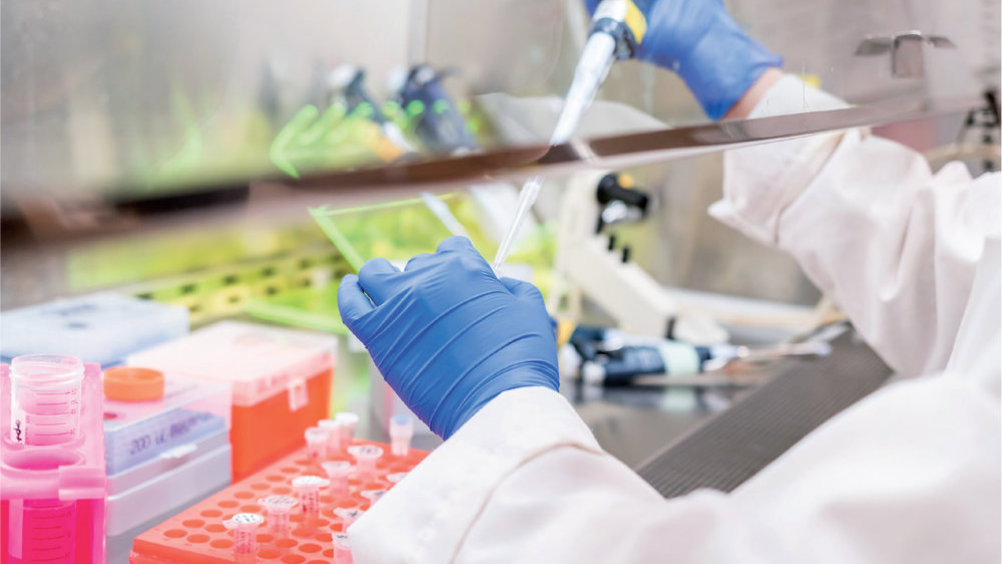References
The importance of adhering to regulations in healthcare: lessons from the COVID-19 pandemic and historical incidents

Abstract
George Winter discusses the importance of following healthcare rules, regulations and guidance within healthcare, using both COVID-19 and historical cases to demonstrate this
When it comes to safety in healthcare, rules, regulations and guidance are essential to help secure protection for patients and healthcare workers. For example, the Health and Safety Executive (2023) and the Royal Pharmaceutical Society (2023) address the safe handling of cytotoxic drugs in the workplace and the safe and secure handling of medicines, respectively. These types of initiatives to reduce the risk of potentially hazardous procedures derive from a tacit acknowledgement of the fact that human frailty is an ever-present aspect in all fields of endeavour.
An example of this concerns the ongoing debate over the origin of the causative agent of COVID-19, SARS-CoV-2. Calisher et al (2020) wrote to a prominent medical journal indicating in a statement both their support for ‘the scientists, public health professionals, and medical professionals of Wuhan and across China’, and making clear that ‘[w]e stand together to strongly condemn conspiracy theories suggesting that COVID-19 does not have a natural origin.’ However, as Birrell (2022) notes, a co-signatory to the statement later condemned ‘Wild West’ research in Wuhan. In addressing the involvement of the National Institutes of Health (NIH) in Wuhan-related research, Harrison and Sachs (2022) call for an independent inquiry into the affair, observing that the NIH ‘has failed to reveal to the public the possibility that SARS-CoV-2 emerged from a research-associated event, even though several researchers raised that concern on February 1 2020, in a phone conversation that was documented by email.’ Interestingly, in a pre-COVID-19 article on the Wuhan laboratory, Cyranowski (2017), cites a biosafety authority who comments ‘that an open culture is important to keeping biosafety level-4 labs safe, and he questions how easy this will be in China, where society emphasises hierarchy.’
Register now to continue reading
Thank you for visiting Journal of Prescribing Practice and reading some of our peer-reviewed resources for prescribing professionals. To read more, please register today. You’ll enjoy the following great benefits:
What's included
-
Limited access to our clinical or professional articles
-
New content and clinical newsletter updates each month

